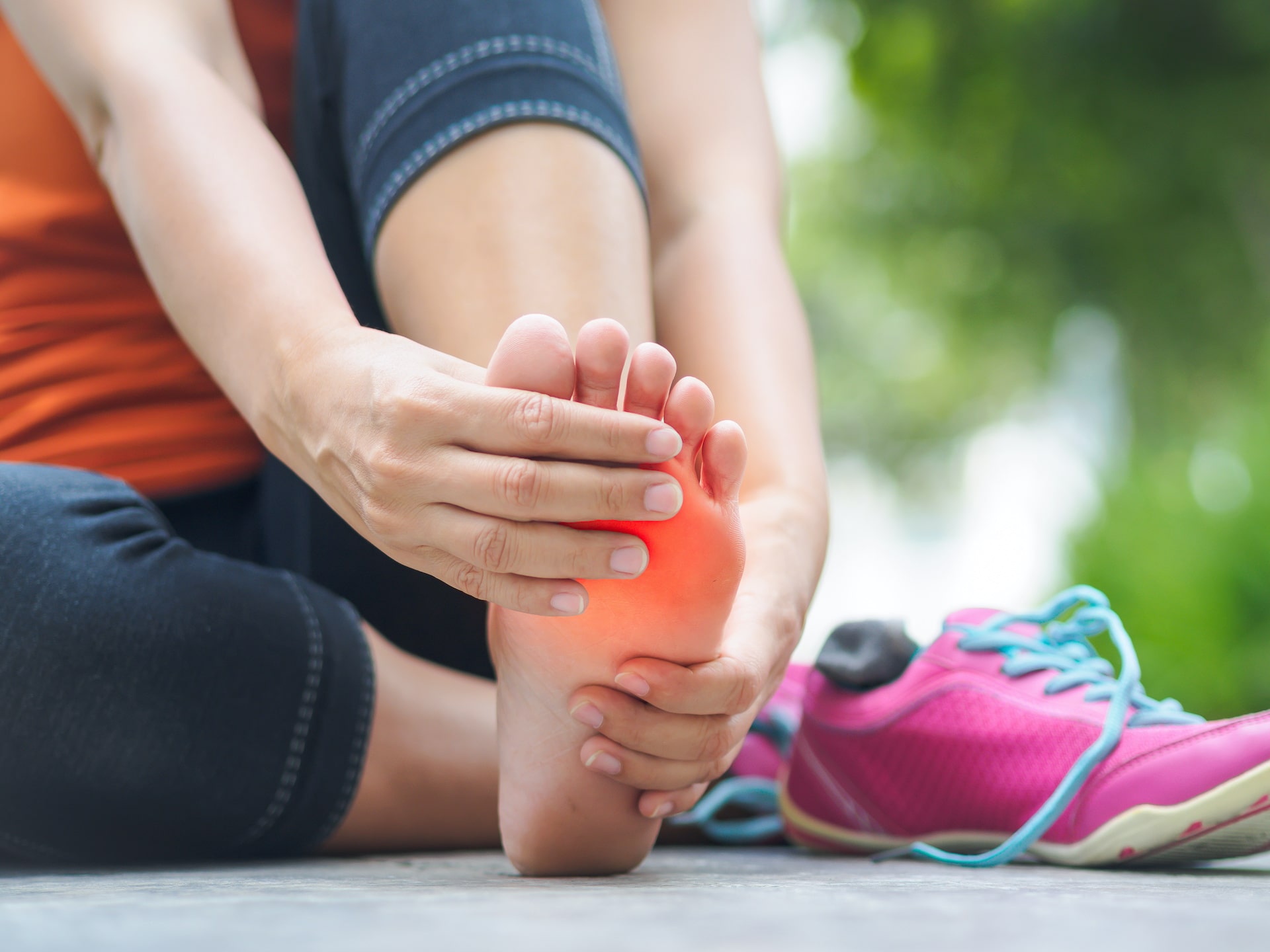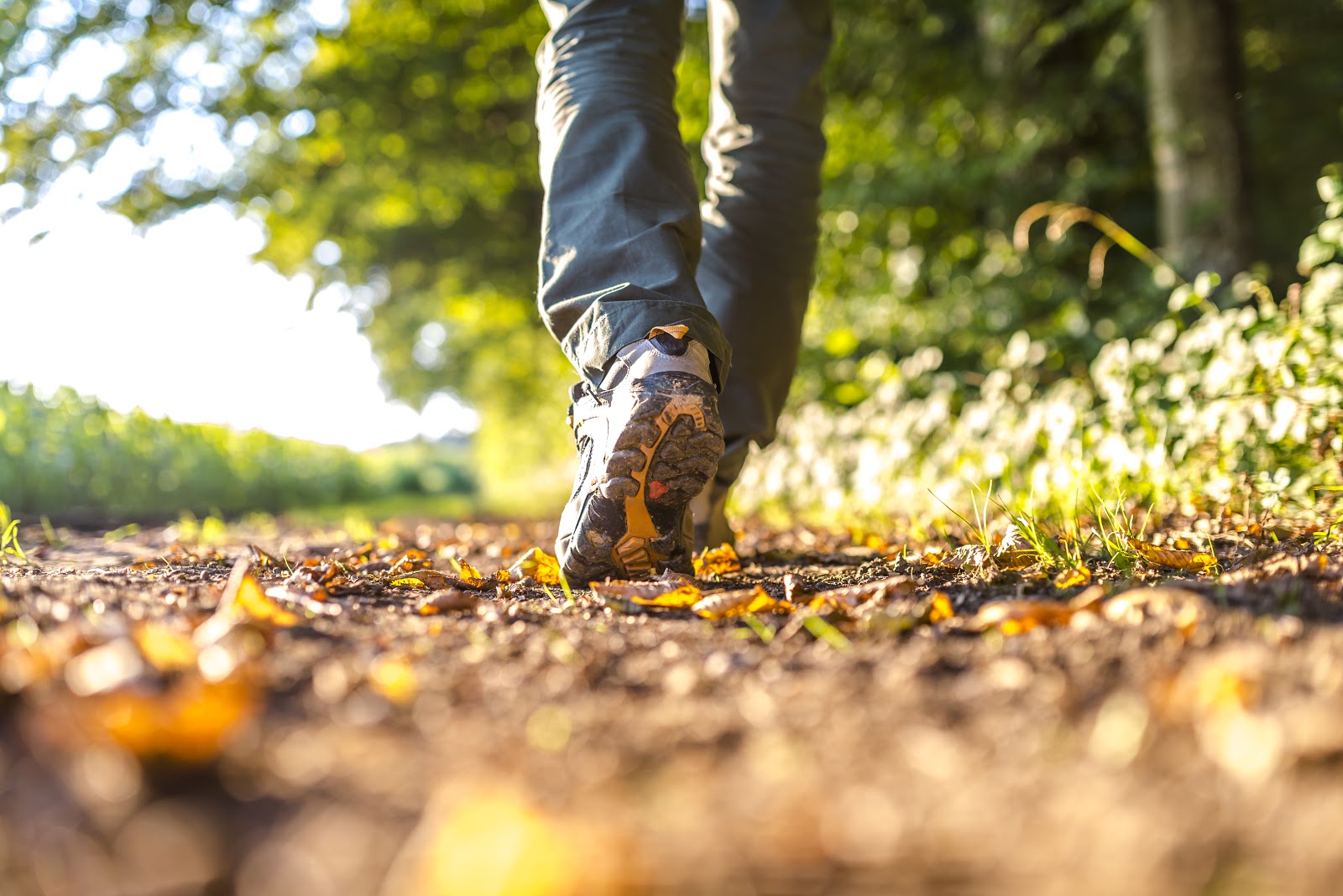Symptoms of tailor’s bunion
The most obvious symptom a tailor’s bunion is the bump on the outer side of the foot, just below the small toe. As the bunionette becomes larger, additional symptoms may include redness or swelling. Many patients also experience varying degrees of pain over the area. The symptoms are often exacerbated by wearing shoes that are too narrow or too tight around the forefoot and toes. Poorly-fitting shoes cause rubbing and pressure against the affected area, often worsening the symptoms.
Causes of tailor’s bunion
More than any other cause, tailor’s bunions are caused by genetics. If your parents or grandparents had tailor’s bunions, you are far more likely to have them as well. Beyond genetics, tailor’s bunions may also be caused by excess pressure and rubbing against the outer side of the foot, just below the fifth toe. In some cases, what appears to be a tailor’s bunion may actually be a bone spur, a bony growth protruding from normally-aligned bones. In the case of bone spurs, the growth may develop in response to excess pressure on the affected area or abnormal biomechanics of the foot.
Treating tailor’s bunion
Tailor’s bunion treatment is categorized as non-surgical or surgical. Most patients start with non-surgical, conservative treatments in an effort to avoid surgery. Following your conservative treatment plan, as devised by your podiatrist, is an important aspect of preventing your bunion from worsening; however, even the most careful bunionette management may not stop the progression of symptoms or prevent the need for surgery.
Non-surgical bunionette treatment may include one or several types of interventions. Common options include:
- Different shoes: Opt for a wider, non-pointed toe box and avoid high heels.
- Orthotics: Custom-made inserts for your shoes help correct biomechanical abnormalities.
- Bunionette pads: Small pads placed over or around the tailor’s bunion protect and cushion the affected area.
- Medications: Over-the-counter non-steroidal anti-inflammatory medications may provide relief from pain and swelling.
- Ice and cold compresses: Ice or cold compresses may offer temporary relief from discomfort.
- Injections: Corticosteroid injections may provide relief from pain and discomfort.
When conservative measures fail, surgery may be required. Your surgeon will examine your foot and the deformity while also discussing your symptoms and the history of your discomfort. Tailor’s bunion surgery is typically an outpatient procedure, meaning you will have surgery and go home the same day. Recovery may vary depending on the severity of your bunionette, any other health conditions you may have, and the particular approach to your surgery. Most patients recover with few to no complications.
To learn more about tailor’s bunions and their treatment or any other abnormalities of the feet or ankles, please call Kansas City Foot Specialists today at (913) 338-4440. We look forward to helping you get back on your feet and to keeping you that way.



